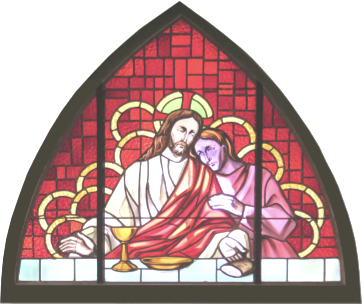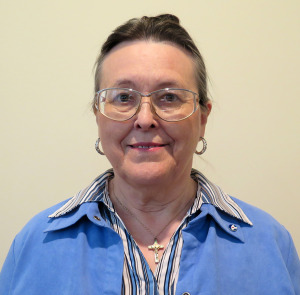By Lorraine Vincent
October 2014
Download a printable pdf version
Lanciano, Italy, about 700 AD
In Italy about the year 700 heresy was spreading in the Church about the True Presence of Jesus in the Holy Eucharist. A monk in a monastery of Lanciano was also having doubts that Jesus is present in the Eucharist. When celebrating Mass, during the Consecration, the host was visibly changed into Flesh and the wine into Blood. The miracle was certified. In 1887 Pope Leo XIII issued a plenary indulgence in perpetuity for those who visit the Church of the Miracle on any of the eight days before the feast day, the last Sunday in October. In 1970 a complete scientific examination took place confirming previous studies in the past 1305 years that the Flesh is human muscular heart tissue and the Blood is human, type AB. The Body of Christ and the Precious Blood, still intact, can be viewed by visitors in the Church of St. Francis, Lanciano, Italy, built on the site of the original church in which the miracle occurred.
Reference: Eucharistic Miracles by Joan Cruz
Santarem, Portugal, 1247
About 35 miles south of Fatima, Portugal in the village of Santarem, a woman consulted a sorceress to help her with her troubles of an unfaithful husband. The sorceress promised to help her if first she would bring her a consecrated Host. Very unhappy and knowing this was wrong, she finally went to her Catholic Church of St. Stephen and during Communion instead of consuming the Holy Eucharist she took it out of her month and wrapped it in her veil. On her way to the sorceress’ cave people thought that she was bleeding profusely. Frightened, she went home and placed her bloody veil and Host in a trunk. During the night a bright light came from the trunk and lit up the whole house. Both she and her husband spent the night kneeling in adoration. The next day the parish priest was called, who took the Host back to the Church of St. Stephen, encased it in wax and placed it in the Tabernacle. Years later when the Tabernacle was opened for adoration of the Blessed Sacrament, it was noticed that another miracle had taken place. The wax case was found broken into pieces and the Host and a quantity of Blood was sealed in a beautiful crystal pyx. The miracle was approved by Church authorities. The Church was renamed the Church of the Holy Miracle where the Host in the crystal pyx, now placed in a monstrance, and can be seen to this day.
Reference: Eucharistic Miracles by Joan Cruz
St. Anthony of Padua (1195-1231)
St. Anthony was a brilliant Franciscan preacher. One day in Toulouse, a heretic, Boniville, who rejected the validity of all the Sacraments, questioned St. Anthony about the Real Presence of Jesus in the Eucharist. As a test, they both agreed to let Boniville’s mule resolve the argument. The mule was starved for three days and brought before a great crowd to St. Anthony and Boniville. St. Anthony held a consecrated Host before the mule and Boniville offered it oats and hay. Ignoring the food, the mule fell on its knees before the Holy Eucharist. Boniville was converted along with a great number of other heretics.
Reference: Eucharistic Miracles by Joan Cruz
Turin, Italy, June 6, 1453
At the time of the miracle the faith of the people had grown weak. Two men broke into a Catholic Church in Exilles, Italy, stealing costly items. Lacking any respect for the Holy Eucharist, the thieves opened the tabernacle and took an ostensorium which held a large consecrated Host. They packed everything on a mule and set off for Turin to sell their stolen articles. Arriving in the market place in Turin, in front of the Church of San Silvestro, the mule tripped and fell, and all the stolen goods scattered over the ground. The Host did not fall to the ground, however. With bright rays of light it rose into the air. People rushed to the spot. The Bishop of Turin, Ludovico of Romagnano, was called. He knelt in awe before the miracle of the suspended Host, worshipping the Most Blessed Sacrament. He then stood up holding high over his head a sacred chalice. While everyone watched, the Host slowly descended into the chalice. The miracle was studied and verified as authentic. Due to the brilliant heavenly sunburst of light surrounding the Host, the miracle was called the Sun of Justice. Popes Pius II, Gregory XVI, Clement XIII, Benedict XIV, St. Pius X, and Pius XI all recognized the miracle and granted special indulgences. The name of the Church of San Silvestro was changed to the Basilica of Corpus Domini – Church of the Body of the Lord. It also should be noted that another precious treasure, the Holy Shroud of Turin, the burial cloth of Jesus, is kept in a magnificent chapel the city of Turin.
Reference: Eucharistic Miracles by Joan Cruz

